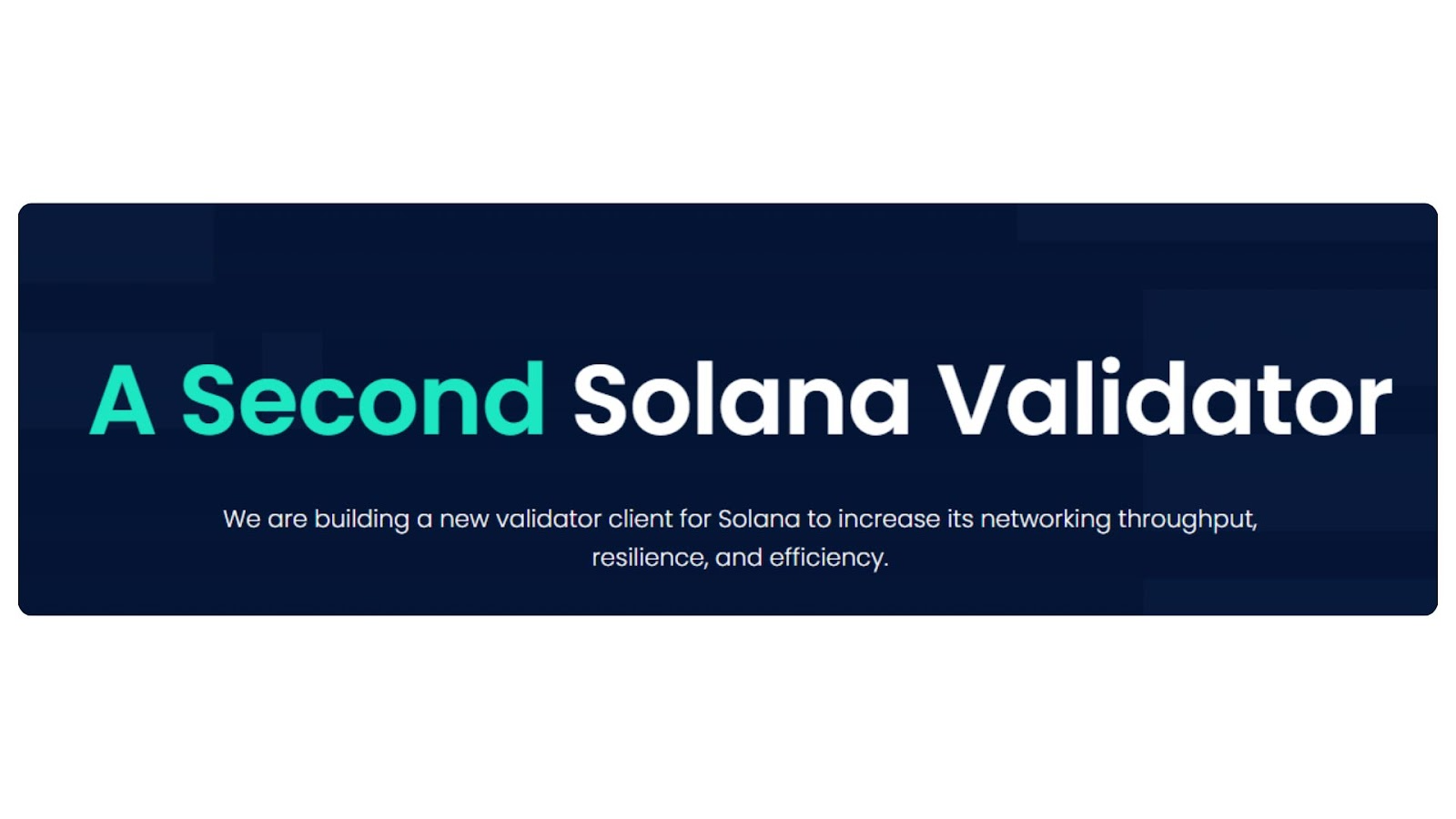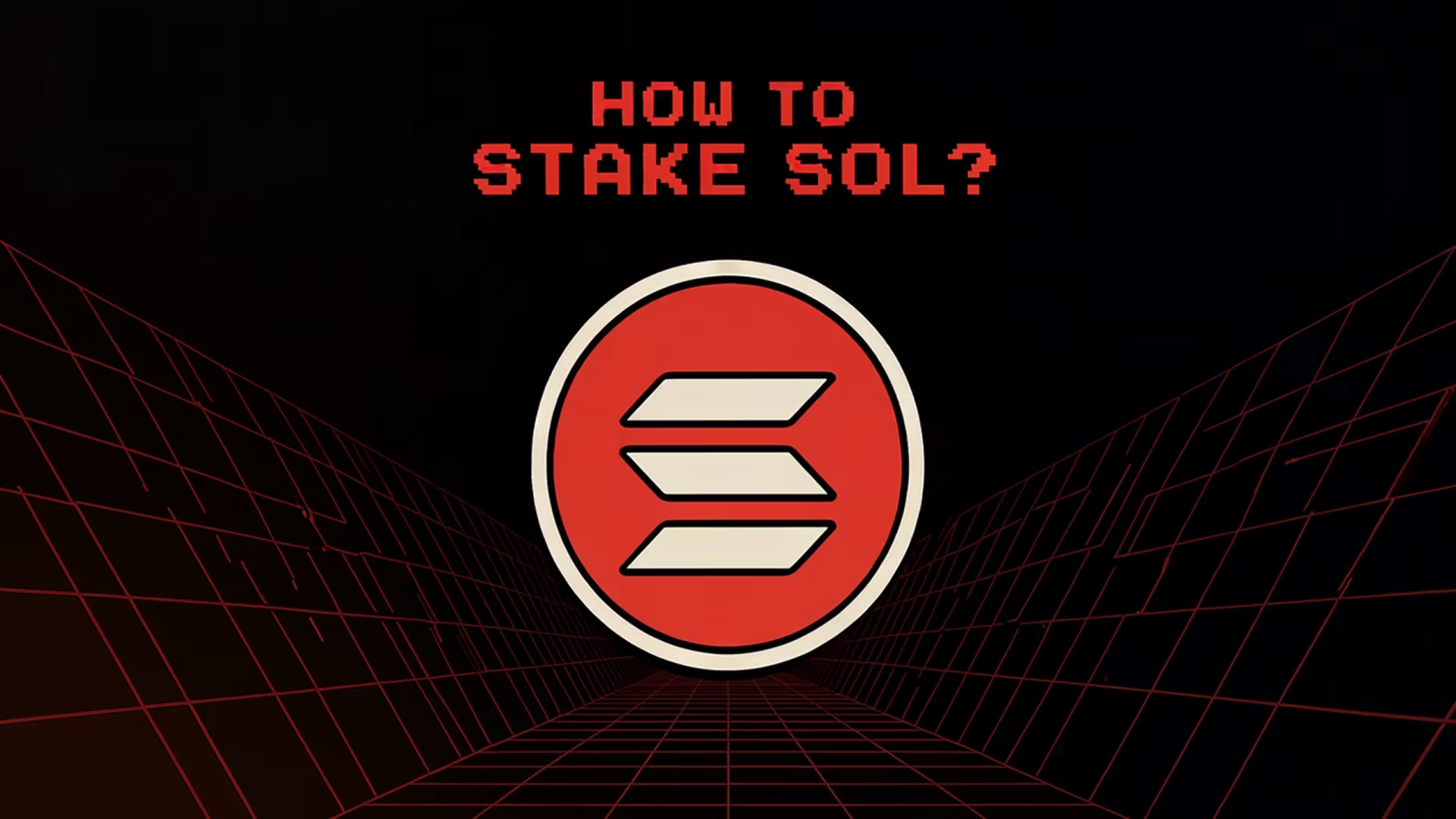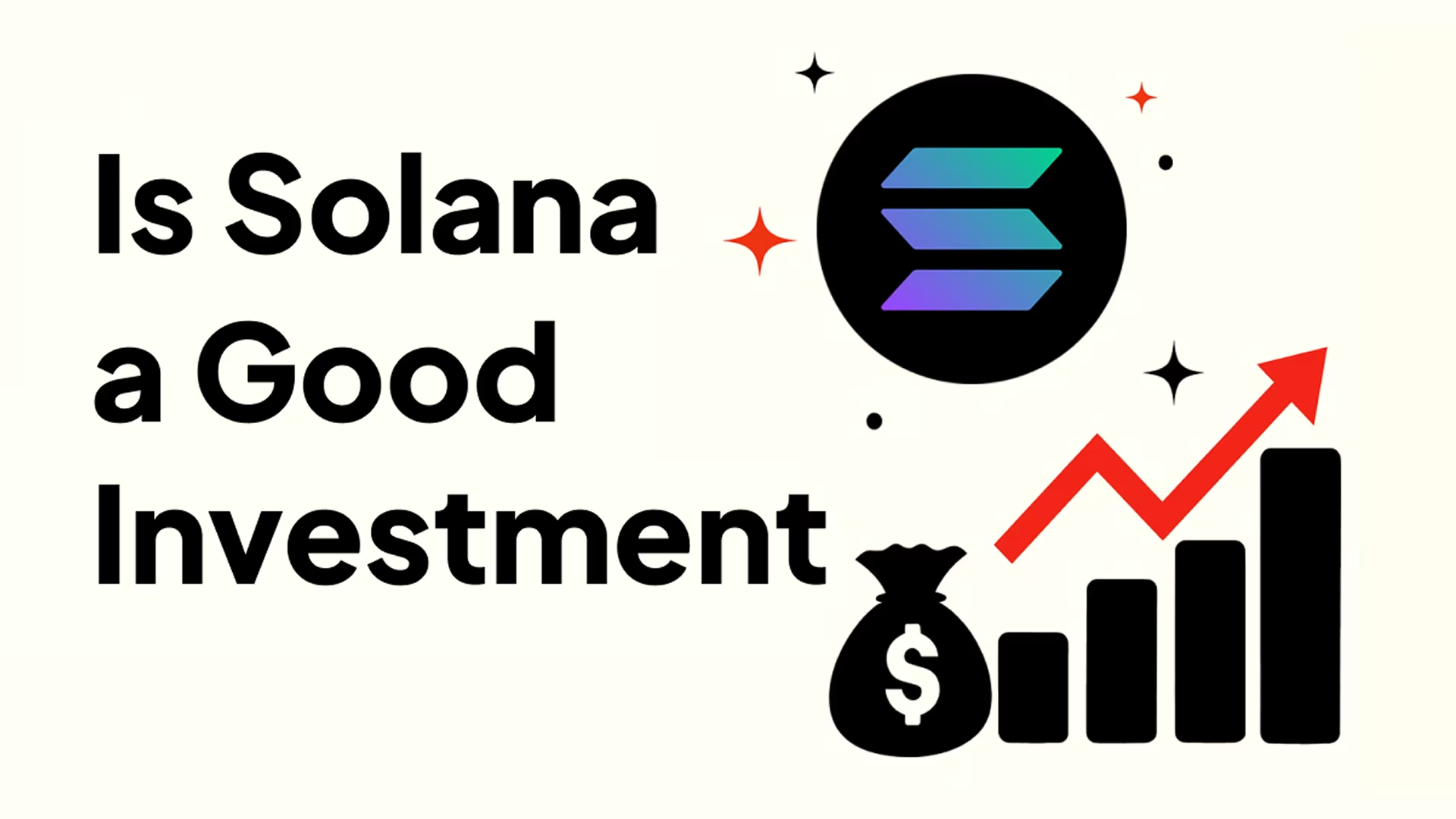What Is Firedancer and Why It Matters for Solana
Key takeaways
- Independent validator client – Firedancer is an independent implementation of the Solana validator built by Jump Crypto in C/C++. It rewrites the networking, transaction ingestion and consensus logic using a modular “tile” architecture that optimises for parallelism and hardware efficiency. This design allows Solana validators to achieve much higher throughput and lower latency than the existing Rust‑based client.
- Resilience through client diversity – Solana’s network has historically run on one main validator codebase. Using multiple independent clients reduces the risk that a single bug or exploit could halt the network. Having a second client means the network can keep running if one client experiences problems.
- Performance leaps and realistic limits – Lab demonstrations have shown Firedancer processing over a million transactions per second and Jump’s networking tests recorded 1.4 million TPS on a single core. On mainnet, however, performance is gated by how many validators adopt the client and by network‑wide limits; as of October 2025 about 21 % of Solana stake (207 validators out of 992) runs Firedancer, and the network can only move as fast as its slowest widely used client.
- Enabler for future upgrades – Firedancer is being released alongside protocol upgrades such as Alpenglow and proposals like removing the block‑level compute cap (SIMD‑0370). These changes allow larger blocks and bigger transaction sizes, opening the door to smart wallets, on‑chain cryptography and other advanced use cases.
What is Firedancer?
Firedancer is an alternative validator client for the Solana blockchain. Built by Jump Crypto, it is written primarily in C/C++ and implements Solana’s consensus and networking stack from scratch. Unlike the original validator, which is written in Rust, Firedancer uses a tile architecture where specialised components (“tiles”) handle specific tasks such as transaction ingestion, block production and data availability. This modularity allows each tile to be optimised and upgraded independently, improving fault isolation and resource allocation.
Firedancer introduces several technical innovations:
- Efficient transaction processing – The client leverages receive‑side scaling and bypasses the Linux networking stack using XDP/AF_XDP to ingest network packets directly. This shared‑nothing design lets each CPU core handle a portion of incoming traffic with minimal overhead.
- Hardware‑aware design – It utilises low‑level optimisations, field‑programmable gate arrays (FPGAs) and improved Reed‑Solomon coding to reduce data shuffling and maximise throughput. Signature verification and state updates are arranged to avoid bottlenecks, enabling higher transaction rates.
- Modular upgrades – Because tiles are independent, new features can be added or replaced without rewriting the entire client. This design also improves fault isolation; a bug in one tile is less likely to bring down the whole validator.

Why Solana needs another client
Since its launch, Solana has relied on a single validator implementation. Most stake weight still runs forks of the original client (Agave and Jito‑Solana). When a single codebase dominates, a bug or performance regression can affect the entire network. Solana’s history includes halts and slowdowns, which damaged the network’s reputation for reliability. To win institutional trust, the ecosystem must show that outages will not cascade across all validators.
Another challenge is client monoculture. In July 2025, around 90 % of validators still used the original Agave client, while a hybrid client known as Frankendancer combined Firedancer’s networking with Agave’s execution on about 10 % of nodes. Because all clients must stay in sync, the network can only run as fast as the slowest widely adopted implementation. Thus, even though Firedancer can process millions of transactions per second in isolation, mainnet throughput will not increase until more stake migrates to it.
Solana’s globally distributed validator set also imposes latency of roughly 400 milliseconds for block propagation. High‑frequency traders and advanced DeFi applications need faster finality. A second client with a redesigned networking stack helps address latency and reliability issues while avoiding a single point of failure.
How does Firedancer work?
Firedancer rewrites Solana’s validator in C/C++ and re‑architects each subsystem:
- Networking and transaction ingestion – The client implements its own version of the QUIC protocol for Solana’s transaction propagation. It leverages receive‑side scaling to distribute traffic across CPU cores and bypasses Linux’s kernel networking stack. In a technical thread, the Firedancer team demonstrated that a single CPU core using this custom stack could handle 5.8 Gbps of throughput, reaching 270,000 TPS with large transactions, and 1.4 million TPS with small transactions.
- Execution and consensus – Modular tiles handle signature verification, leader scheduling and state updates. Each tile operates independently, minimising contention and improving cache locality. The design uses advanced Reed‑Solomon coding and other hardware optimisations to reduce memory bandwidth requirements.
- Fault isolation – Because subsystems are decoupled, errors are less likely to cascade. If one tile fails, others can continue operating, improving validator robustness.
Performance and benchmarks
Firedancer’s performance has been demonstrated in controlled environments. At Solana Breakpoint 2024, the team showed over 1 million transactions per second across six nodes on four continents. During the fd_quic networking tests in May 2023, a single core achieved 1.4 million TPS with small transactions.
Yet real‑world performance depends on network adoption and protocol constraints. As developer Douglas Colkitt noted, if two clients run on the same network, “you can only go as fast as the slowest client”. Even with a high‑performance client, Solana’s global distribution imposes latency of roughly 400 ms per block. The Firedancer team therefore frames performance as a long‑term goal: they want to push throughput until the bottleneck becomes network infrastructure rather than software. Achieving such speeds would enable new use cases while highlighting infrastructure challenges such as data storage and hardware requirements.
Adoption and current status
Firedancer is rolling out gradually. Early deployments of Frankendancer — a hybrid client that uses Firedancer’s networking with the existing execution layer — went live on testnet in 2024. Mainnet adoption is increasing: as of October 7 2025, roughly 20.94 % of total stake and 207 of 992 validators run Firedancer. This stake has been steadily growing since the first adoption in October 2023.
Despite these gains, the dominant client (Agave/Jito) still holds most of the stake. Cointelegraph reports that Frankendancer runs on about 10 % of validators, while the rest still use Agave. Full performance benefits will only materialise when more validators migrate. Firedancer’s developers plan a late 2025 rollout for the full client.
Parallel protocol upgrades will support Firedancer. The Alpenglow upgrade introduces changes such as Rotor (a more efficient broadcast layer), local signature aggregation and improved fault tolerance. Jump Crypto’s developers have also proposed SIMD‑0370, which removes the fixed compute unit cap per block. Without a block cap, blocks can include as many transactions as validators can handle, scaling capacity with hardware. While this could reduce congestion, some engineers warn it may pressure smaller validators to upgrade hardware. Another upcoming upgrade, raising the transaction size limit via a separate SIMD proposal, would allow larger payloads and enable smart wallets and on‑chain cryptography, as Armani Ferrante noted in a tweet.
Why Firedancer matters for Solana’s future
Firedancer is about more than headline throughput. By introducing a second client, it enhances network resilience. Client diversity ensures that bugs or security issues in one implementation do not threaten the entire network. It also gives validators and ecosystem builders confidence that the network can keep running even during incidents.
The performance gains from Firedancer unlock new possibilities. High‑throughput DeFi, on‑chain order books, gaming and real‑time applications all require predictable fees and low latency. The combination of Firedancer’s networking improvements, the Alpenglow upgrade, and proposals like block‑cap removal means Solana can pack more transactions into each block. This reduces waiting times during NFT mints, airdrops or liquidation spikes and makes fees more predictable. Removing transaction size limits will let developers build smart wallets and perform complex cryptographic operations on chain, broadening Solana’s developer landscape.
Stakers and validators may also benefit. Figment’s research suggests that Firedancer could improve operational efficiency, stability and monitoring, potentially leading to better staking rewards and faster recovery after faults. At the same time, running a high‑performance client may require more powerful hardware; this has raised concerns that the upgrade could incentivise centralisation if only large operators can afford the infrastructure.
Community perspectives and tweets
The Firedancer rollout has sparked lively discussion. Jump Crypto’s official account shared a performance demonstration during development:
“Performance demo: testing the limits of a single CPU core running fd_quic using many spammers. The result: 5.8 Gbps or 270k TPS. With small transactions, fd_quic hit 1.4 million TPS. Our spammers required 8 CPU cores to generate this rate.” — @jump_firedancer
Armani Ferrante, CEO of Backpack and a prominent Solana builder, offered broader context. In May 2025 he wrote:
“Firedancer is cool and all, but this is the sauce … The transaction size limit increase is coming; we should be able to unlock a lot of new use cases once it increases. Smart wallets, cryptography on chain, larger payloads and more. Devs will be able to do more on Solana.”
He emphasised that raising transaction size limits will enable richer applications and that Firedancer is one part of a larger set of upgrades.
In March 2025 Ferrante reminded builders not to sacrifice core principles:
“This cycle’s trap is thinking you can shortcut censorship resistance or compliance because users don’t care. If you are trying to build a pillar of the future, you must have one of the two or your upside will always be fundamentally limited.”
Conclusion
Firedancer is an ambitious re‑engineering of the Solana validator. By rewriting core components in C/C++ and introducing a modular architecture, it delivers eye‑popping throughput in tests and provides the network with a much needed second engine. Its real value, however, lies in resilience and optionality: a diverse client ecosystem mitigates systemic risk and gives Solana room to innovate safely. Combined with protocol upgrades like Alpenglow, block‑cap removal and transaction size increases, Firedancer positions Solana to support more complex and demanding applications. As adoption grows beyond the current ~21 % stake, the network will move closer to turning raw speed into durable trust.




